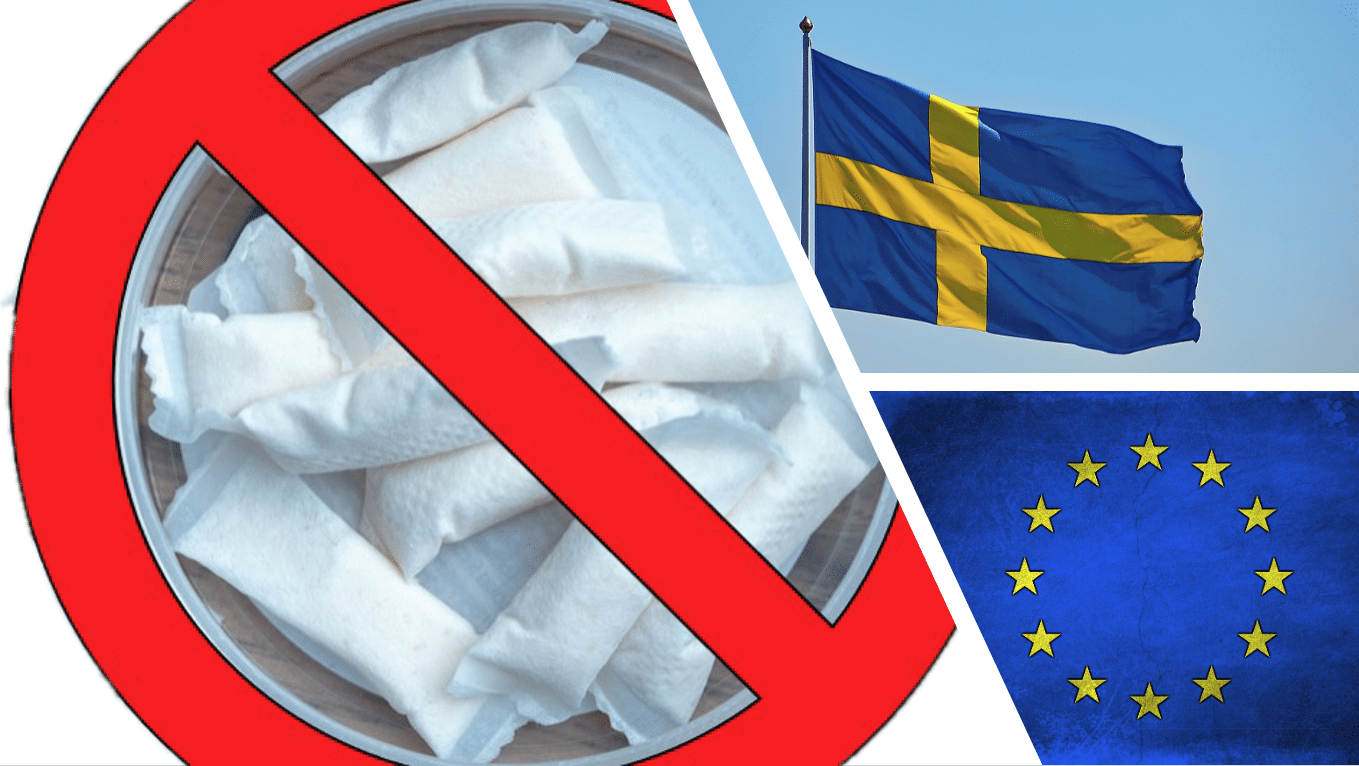
Harm reduction gains ground in updated Swedish tobacco policy
The Swedish government’s latest budget proposal includes new language that changes the overarching goal of tobacco and nicotine policy from reducing consumption to reducing harm.
“This is a clear political statement from the government that harm reduction is now the focus of tobacco policy, and it’s primarily a message directed at its own agencies,” says Patrik Strömer, Secretary General of the Association of Swedish Snus Manufacturers.
On September 19th, the government presented its 2025 budget proposal to parliament. The proposal includes an important change that could ultimately improve public health in Sweden.
In the budget, the government writes that it wants the goal of Sweden’s tobacco policy to “take into account the varying harmful effects that different tobacco and nicotine products can cause.”
Mirrors goal of alcohol policy
The previous goal was solely to reduce the use of tobacco and nicotine products, regardless of the product’s risk profile.
“Cigarettes and smoked tobacco pose a greater health risk than smokeless tobacco and nicotine products, such as snus,” writes the government.
The change means that the goal of tobacco and nicotine policy now reflects the goal of alcohol policy: reducing medical and social harm.
“The previous goal only covered tobacco use and thus essentially excluded the nicotine products where we see an increase among young people,” Christian Democrat Social Minister Jakob Forssmed wrote in a statement to Swedish news agency TT.
“That’s why it’s important that we now have a new goal in place that reflects current developments and focuses on reducing harm. Parliament has indicated that the goal should be changed in this direction, and now we are delivering on that.”
Smoking poses greatest health risks
Strömer calls the government’s decision to introduce a policy that effectively distinguishes between smoked tobacco and nicotine “logical and obvious.”
“For a long time, Swedish alcohol policy has been aimed at reducing the medical and social harm from alcohol, while tobacco policy has aimed at reducing consumption, regardless of the product and the number of consumers,” says Strömer.
He points out that it is the smoke from cigarettes, not the nicotine, that poses the greatest risk for diseases and calls the previous approach “resistant to facts and harmful to health.”
“In all other contexts, it is obvious that reducing the risk of disease is desirable, but this has not been the case for tobacco.”
The move comes on the heels of a June parliamentary vote approving a 20 percent reduction in the tax on snus. At the same time, taxes on cigarettes and other combustible tobacco products will rise by nine percent.
Sweden’s new tobacco tax regime, set to take effect on November 1, 2024, is meant to reflect the relative harm of different tobacco and nicotine products.
“Products deemed to be hazardous to health are taxed and the greater the health hazard, the higher the tax,” the parliament’s tax committee wrote at the time.
New agency guidelines expected
Strömer believes the updated public health goals help clarify Sweden’s strategy for managing alcohol, narcotics, doping, tobacco, and gaming (ANDTS). Parliament rejected the government’s most recent attempt to update Sweden’s ANDTS strategy back in 2021.
The Swedish Public Health Agency (Folkhälsomyndigheten) and the National Board of Health and Welfare (Socialstyrelsen) have until November 15th to inform the government about how they plan to update their approach to tobacco and nicotine.
“At the very least, the agencies should provide factual information on their websites and update medical advice for doctors,” says Strömer.
“A smoker should also be able to get advice from their doctor about less harmful alternatives like snus or nicotine pouches and how switching could improve their health – something that hasn’t been the case previously.”
Sweden’s decision to incorporate harm reduction into both tax and tobacco policy, coupled with its already low smoking rates, should strengthen the country’s ability to serve as an example to other EU countries, Strömer adds.
“In the long run, the decision could further strengthen Sweden’s position as the country that has successfully reduced smoking and achieved the WHO goal of a smoke-free nation. Within the EU, the goal is to reach this by 2040, and Sweden is practically there already. Everyone should see that as a major success,” he says.




